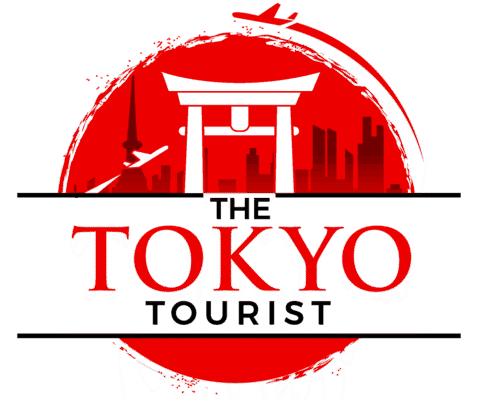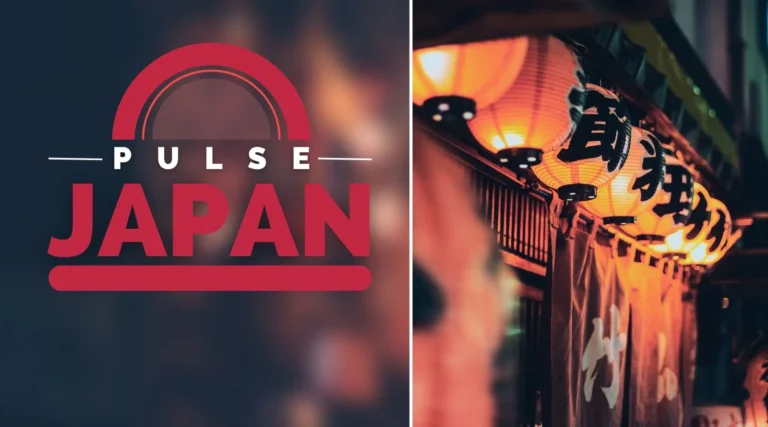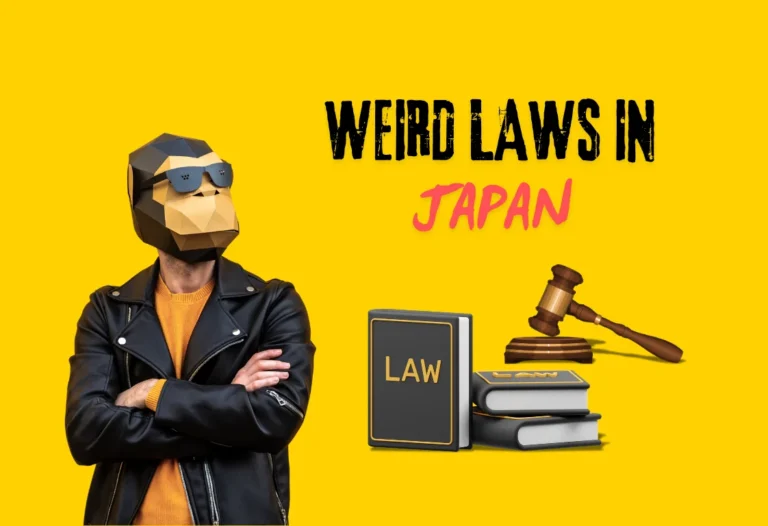Do Japanese Police Carry Guns?
Japan is a fascinating country in so many ways. As we know, they’ve organized their society very differently from most Western countries. Does this apply to the police force as well? How do they arm their police officers? Let’s find out!
Do Japanese police carry guns? Yes, they do. A handgun has been part of the standard equipment for the police force since 1949 after it was introduced by the Allies during their occupation after World War II.
Do the Tokyo Police Carry Guns?
The Tokyo Metropolitan Police Department has the same standard equipment as the rest of the country, and this includes a handgun as a service weapon. I’m talking about the regular uniformed cops, as special forces and undercover agents use a variety of different weapons.
Want to travel all over Japan the cheapest possible way? Check out a JR Pass!
What Kind of Gun Do Japanese Police Carry?
I’ll only focus on the uniformed police officers because these are the law enforcement officers you are likely to see. The Japanese police force’s standard handgun is called New Nambu Model 60. The “New Nambu” is named after Kijirō Nambu who designed it. It’s double-action revolver with a .38 Special caliber based upon Smith & Wesson-style designs. In fact, it’s also called S&W M37 (Smith & Wesson) because it so closely resembles the S&W M36.
As you can see, it’s not the most modern gun. It’s a revolver and it only holds five bullets. Does it look familiar to you? That’s probably because you’ve seen a revolver very similar to it hundreds of times on TV. Like I mentioned the New Nambu Model 60 closely resembles the S&W M36 (thus its nickname S&W M37) and the S&W M36 are one of the world’s most common guns. For a bunch of years, the Model 36 was the standard police detective and “plainclothes man” service weapon for many police agencies including the NYPD. It was also the most common “TV detective gun.” It was used by everyone from Columbo to Kojak.
Here you’ll see “Ricco Stubbs” (played by Philip Michael Thomas) using a S&W M36. I guess “Sonny Crockett” (played by Don Johnson) preferred a more modern weapon!
Why are the Japanese Police Using Such an Old Weapon?
Great question! I’ve already alluded to it. After World War II Japan was occupied (1945-1952) by the Allies. The Supreme Commander for the Allied Powers, General Douglas MacArthur, decided to re-create the Japanese police force and modeled them after the American police. As a consequence, they were uniformed and equipped similarly to American police. They started out using a S&W M36 (like they mostly did in America) and later switched to the New Nambu M60 during the 1960s. The New Nambu Model 60, an old weapon who first saw the light of day back in 1960, is still the standard service weapon of the Japanese police force. So why are they still using such an antique weapon? Apparently, they never saw the need to upgrade it. Let me tell you why.
Gun Facts from Japan
According to the BBC and GunPolicy.org Japan only had six gun deaths in 2014, which is tremendously low. And it’s not like 2014 was special. The norm in Japan is single digit gun deaths annually. For a country with a population of almost 130 million that’s very impressive! But how can a country with so many people have so few gun deaths?
Number of Guns in Japan Compared to Some Other Countries
You’ve guessed it. There are very few guns on civilian hands in Japan. With a population of 127 million, it’s estimated only to be 377 000 guns (both licit and illicit) held by civilians. That gives .3 firearms per 100 population. This is how Japan compares to some other countries:
Rate of Civilian Firearm Possession per 100 Population (GunPolicy.org):
-
-
- United States, 120.5
- Canada, 34.7
- New Zealand, 26.3
- Australia, 14.5
- United Kingdom, 5.03
- Japan, 0.3
-
As a result of so few gun deaths annually and very few guns in civilian hands, I can sort of see why they never upgraded their service weapons to something more modern with higher capacity (only five rounds now) and with stronger firepower. As it stands, they just don’t need it. But how come there are so few weapons in Japan?
Gun Laws in Japan
Before we go into the gun laws, let’s first have a brief look at history. Japan’s history as an aggressive military power and their defeat in World War II plays a big role in how the society is today. Let’s just touch on a few key points. I don’t want to bore you to death.
A Short History Lesson
-
-
- Japan’s got a history of war and aggressive expansion tactics. The Empire of Japan (1868 – 1947) took many colonies. The two most notable countries from pre World War II are Taiwan (1895) and Korea (1910). During World War II, they conquered and controlled/occupied countries like Vietnam, Cambodia, Laos, Thailand, Malaysia, Indonesia, Singapore, Thailand. These aggressive expansion tactics gave The Empire of Japan a reputation as a “warrior nation.”
- After Japan’s capitulation in August of 1945 the Japanese government – on its own initiative – included a “Peace Clause” in their new constitution (1947) which renounced war and banned Japan from maintaining any armed forces. The clause was intended to prevent the country from ever becoming an aggressive military power again. Japan wanted to move towards becoming a more pacifist nation.
- In 1958 a law called Firearm and Sword Possession Control Law got passed. The law clearly stated that common citizens do not have the right to bear arms. The law was overhauled in 1993, 1995 and 2008. It was not made more lenient – only stricter. In 2008 even airsoft guns were included to be regulated the same way as ordinary guns. So what does this law actually say? How can you acquire a gun in Japan?
-
Firearm and Sword Possession Control Law
This law covers who gets to own a gun, how you can get a gun and, how you need to store it. Not into the legal mumbo-jumbo? Jump down to some amazing facts.
Who gets to own a gun?
-
-
- The possession of guns and their parts is strictly limited to law enforcement officials, members of the Self-Defense Force, other public officials, and persons who have obtained permission from the government to use them for a specific purpose.
- Hunting
- Target shooting
- Athletes who compete in national or international competitions
- Firearm dealers
- Manufacturers
- Firearm exporters
- Antique-gun collectors
- The possession of guns and their parts is strictly limited to law enforcement officials, members of the Self-Defense Force, other public officials, and persons who have obtained permission from the government to use them for a specific purpose.
-
As you can see you need a specific purpose to obtain a gun. And self-defense is not a valid reason. So if you’re for example a hunter, what does it take to legally obtain a gun?
How to Buy a Gun in Japan
Take a deep breath. Here goes!
-
-
- First, you need to take a firearm class and pass a written exam at the prefecture police station. This exam is all about the rules regulating guns, gunpowder, and ammunition. However, to pass the 50 question test, you need a score of 90% or better. Most people consider this exam to be fairly hard. Did I mention it’s all in Japanese? This is relevant because you don’t have to be a Japanese citizen to go through this process. As long as you are a legal resident in Japan, you can apply. But I think you need to be fluent or close to fluent in Japanese to stand a chance to pass the exam.
- After you pass the exam, you need to get a doctor’s note saying you are mentally fit and do not have a history of drug abuse.
- Now you can apply for a permit to undergo firing training. Because you’ll actually be handling guns before you have a gun permit. The application process is long and!
- Step four an interview with the police where you need to put forward your case for why you need a gun.
- Pass a review of your criminal history, gun possession record, employment, involvement with organized crime groups, personal debt and relationships with friends, family, and neighbors. The police literally go knocking on your neighbors’ door’s to have a chat with them.
- Apply for a gunpowder permit.
- Then take a one-day training class and pass a firing test.
- Obtain a certificate from a gun dealer describing the gun you want.
- If you want a gun for hunting, apply for a hunting license.
- Buy a gun safe and an ammunition locker that meets safety regulations.
- Allow the police to inspect your gun storage.
- Pass an additional background review. What’s next?
- Buy a gun!
-
There you have it! In just 13 small steps, you have your gun! No wonder there are so few guns in Japan.
What do You Need to Do When You Own a Gun in Japan?
-
-
- You need two secure gun storage lockers. One for your firearm and one for your ammunition. You also need to remove a key component from your firearm and store it in the ammunition locker. The two lockers need to be in separate places in your house and as far apart as possible.
- The licensed gun owner is the only one allowed to have access to the lockers. You can’t even tell your spouse where you hide the key!
- If you’re a hunter the only time you are allowed to take the gun out of the locker is when you’re actually hunting or practicing at the target range.
- You need to keep a booklet where you keep track of all of your ammunition.
- When you buy ammunition, the person selling the ammo has to fill out how much you bought and then sign and stamp the booklet.
- If you go to the firing range, the staff will need to note how many shots you fired and then sign and stamp the booklet.
- When you go hunting on your own, you need to write down exactly how much ammunition you used.
- At any time the police can demand to see the booklet and see to that you’ve kept a perfect record. If you bought 100 bullets, the booklet says you used 50, and you only have 45 bullets left in storage, you’ll be in big trouble.
-
I feel the laws are designed to restrict the number of guns on civilian hands. When you look at the number of guns owned by civilians in Japan you can probably say they succeeded.
Do the Japanese Police Carry Any Other Weapons?
We already know that the number of annual gun deaths in Japan is extremely low. And because there are so few guns in the country gun crime, in general, is also very low. Only six shots were fired by Japanese police nationwide in 2015. The police carry guns, but they very rarely use them and only rely on them when it’s absolutely and unavoidably necessary. So what other means of force do the Japanese police have? To a foreigner, some of these seem strange!
Is it True the Japanese Police Use Futons to Roll Up People?
Yeah, you didn’t misread. I just asked if the police “burrito arrest” people. And the answer’s yes! Although it’s not quite a futon, it’s something called a “protection sheet,” and it’s made from plastic. Here’s the recipe:
-
-
- Place sheet on ground
- Put unruly person on sheet
- Roll up
- Carry away
-
Think I’m kidding? Check it out here or here!
A Paintball Gun!
There’s not much information about the Japanese police paintball gun out there because it wasn’t in use for very long. It was introduced in 2009 and was originally intended to be a tool the police could use to mark fleeing criminals, making them easier to follow and identify later. The paintball gun featured a laser sight, but the paintballs moved so slowly it was hard to hit the intended target. The Japanese police paintball gun is not in use today.
But the paintballs are not dead! Although not primarily used by the police, these large paintballs are called bohan yu kara boru(anticrime color balls). These are used by convenience-store clerks to throw at robbers to mark her/him to improve the chance of an arrest. You can see these large paintballs behind the counters in Japan.
Four Powerful Weapons
Arms and legs! Have you heard of Aikido, Judo, Jujitsu, Kendo, and Karate? These are just some of the many Japanese martial arts. Where am I going with this? One of the most important tools for the Japanese police force is something called taiho-jutsu. Its a term for the martial arts developed by Japan’s feudal police to arrest dangerous criminals. It literally translates into “arrest technique.” This martial art makes great use of the Keibo, a short police baton, and focuses on ways of disarming people with hand-to-hand combat and taking down criminals. Taiho-jutsu training is a big part of everyday life for the police officers of Japan. So think twice before you do something stupid! You probably won’t get shot, but might get your a** handed to you!
Conclusion
The Japanese police carry guns – they carry antique guns. Might as well, because they never use them! Because Japan is a land of very few guns, the police force has developed non-lethal methods for dealing with criminals. First, they take you down with martial arts, then they burrito arrest you.
What do you think about the techniques of the Japanese police?






